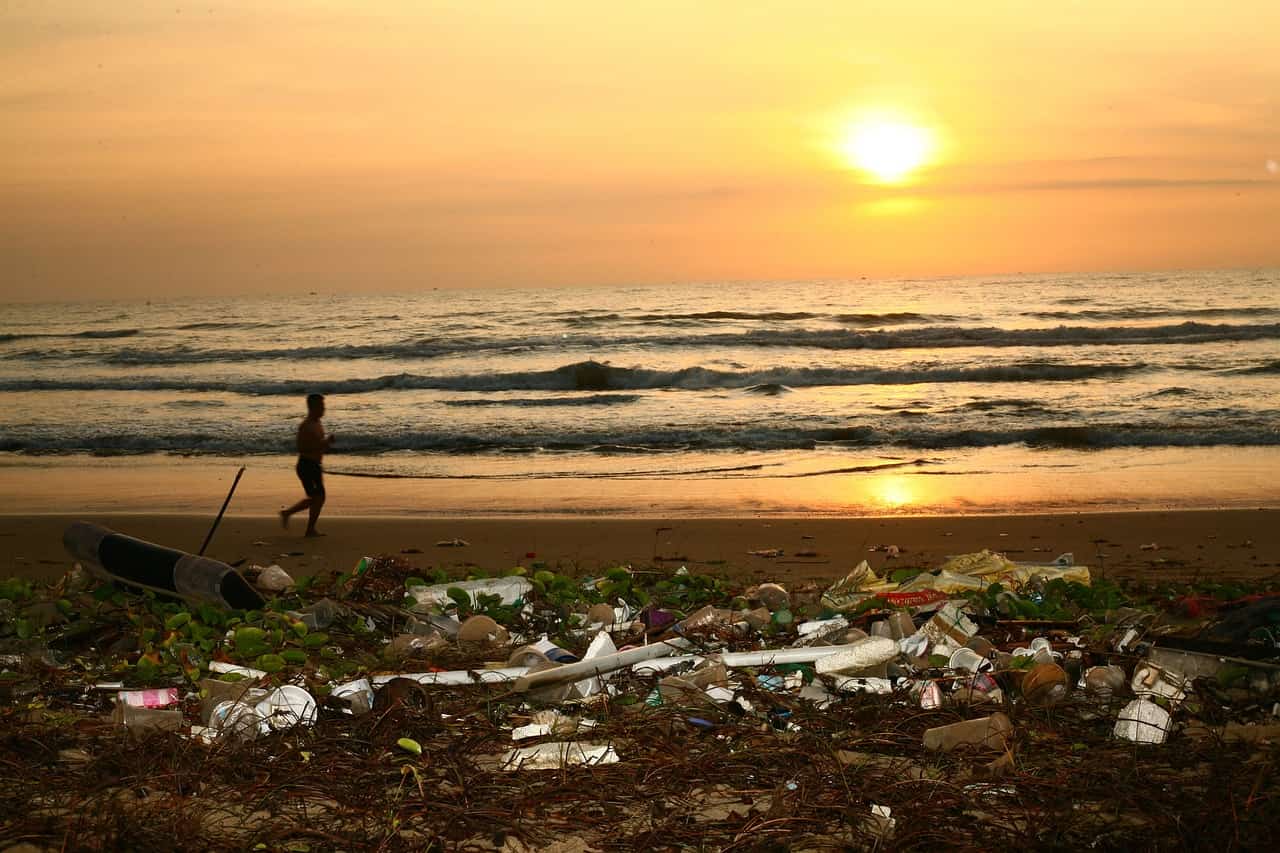
As summer approaches, you’re probably excited about heading to the beach for some fun in the sun. But before you do, you should be aware that some of these beaches can be mistaken for a public toilet by a lab test.
According to a damning new report from Environment America, over half of all U.S. beaches are contaminated with poop. Yep, you read that right. Pollution, overdevelopment, and unsanitary conditions have given many beaches a filthy reputation, making swimming in the water potentially unsafe.
When a dreamy beach day can turn into a nightmare
Environment America, a national network of 30 state environmental groups, tested over 3,000 beaches across the country and found that a whopping 55% of them had fecal contamination at potentially hazardous levels.
Before you panic, let’s take a closer look at the facts. The report revealed that 1,761 beaches experienced at least one day with unsafe fecal contamination levels. Disturbingly, one in nine beaches had potentially unsafe contamination on at least 25% of the days tested.
The Gulf Coast topped the charts with 84% of its beaches experiencing unsafe contamination at least once, while Alaska and Hawaii fared better with only 24% of their beaches affected.

So, what’s causing this yucky situation? It’s not because of people defecting in the open on beaches, although some wild individuals do this without shame. The reasons for this kind of beach pollution are diverse and more systematic in nature.
They include polluted stormwater runoff, faulty sewage systems, sewer overflows, and fecal pollution from factory farms. This polluted water can end up in rivers and oceans, ultimately washing up on beaches.
The polluted water can carry harmful bacteria, viruses, and parasites that pose health risks to both humans and aquatic life. Swimming in contaminated water can lead to gastrointestinal illness, respiratory disease, ear and eye infections, and skin rashes. Shockingly, there are an estimated 57 million cases of illness in the U.S. each year due to swimming in polluted waters, and most of these cases go unreported.
This is why beaches may be closed to the public when these microorganisms reach hazardous levels. In fact, it’s not uncommon for a beach to be temporarily closed for public access when local authorities detect dangerous pathogens past a certain threshold. In 2022, almost a third of US beaches had at least one advisory or closing due to water pollution.
For your safety, avoid swallowing any water while swimming, and be cautious if you’re near waste discharge pipes or beaches close to factories or agricultural facilities. Urban beaches after heavy rainfall are more susceptible to pollution due to runoff carrying harmful substances. And while it’s sometimes inevitable to take a gulp when a big wave hits, it’s better to resist and stay mindful of the water quality.
Thankfully, steps are being taken to address the issue. In 2021, Congress passed the Infrastructure Investment and Jobs Act, also referred to as the bipartisan infrastructure law. This significant legislation allocates nearly $25 billion toward sewage and stormwater projects aimed at protecting our water. However, it may not be enough. To put this into perspective, the Environmental Protection Agency (EPA) estimates that the actual requirement for wastewater infrastructure is a substantial $271 billion.


